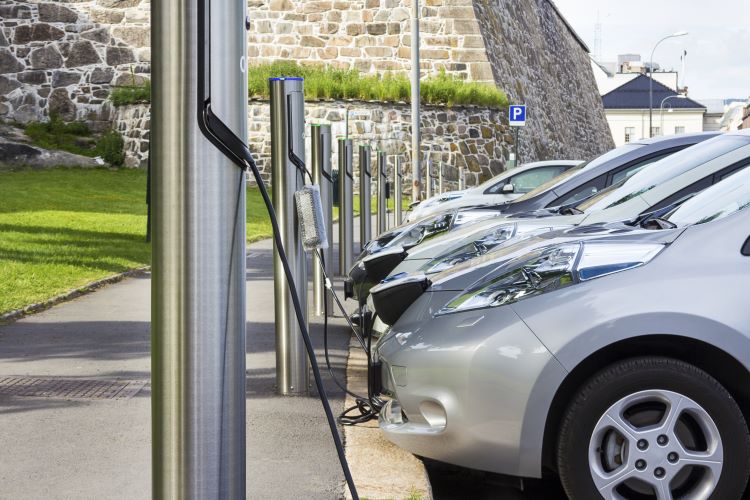Unleashing the Potential of Kinetic Energy Recovery Systems in Modern Vehicles
Imagine capturing the energy wasted during braking and using it to power your car. That's the promise of Kinetic Energy Recovery Systems (KERS), a technology that has the potential to revolutionize our approach to energy efficiency on the road. But how does it work, and what are the implications for the future of automotive engineering?

From Racetrack to Roadway: The Origins of KERS
Kinetic Energy Recovery Systems first emerged in the high-octane world of Formula 1 racing. In the quest to gain an edge over competitors, teams began experimenting with ways to harness the energy lost during braking. The result was KERS, a system that captures and stores some of this energy, allowing it to be used later for a burst of extra power.
KERS operates on a simple principle: when a vehicle slows down, the brakes generate heat. Instead of allowing this heat to dissipate, KERS devices capture and convert it into electrical energy. This energy is stored in a battery or flywheel and can be used later to provide a boost of power.
KERS in the Real World: Benefits and Challenges
The benefits of KERS are obvious: improved fuel efficiency and reduced emissions. By harnessing energy that would otherwise be wasted, KERS can significantly improve a vehicle’s energy efficiency. This is especially beneficial in urban environments, where frequent stop-and-go driving means a lot of energy is lost to braking.
However, implementing KERS in everyday vehicles presents several challenges. The systems are complex and expensive, and integrating them into existing vehicle designs can be difficult. Additionally, the high-performance batteries or flywheels needed to store the captured energy can be heavy, impacting a vehicle’s performance and fuel efficiency.
The Future of KERS: A Greener Automotive Industry?
Despite these challenges, the potential of KERS is undeniable. As the automotive industry continues to search for ways to improve fuel efficiency and reduce emissions, KERS offers a promising avenue for exploration. Major manufacturers like BMW and Porsche have already begun experimenting with KERS in their vehicles, and it’s likely that more will follow suit.
However, the success of KERS will depend on overcoming the technical and economic challenges associated with its implementation. As with any emerging technology, it will take time and continued innovation to fully realize its potential.
The Road Ahead for KERS
Kinetic Energy Recovery Systems represent a fascinating intersection of performance and sustainability in automotive engineering. While there are hurdles to overcome, the benefits - improved fuel efficiency, reduced emissions, and enhanced performance - are compelling. As technology advances and the automotive industry continues its push towards greener solutions, KERS may soon become a common feature in our vehicles.





